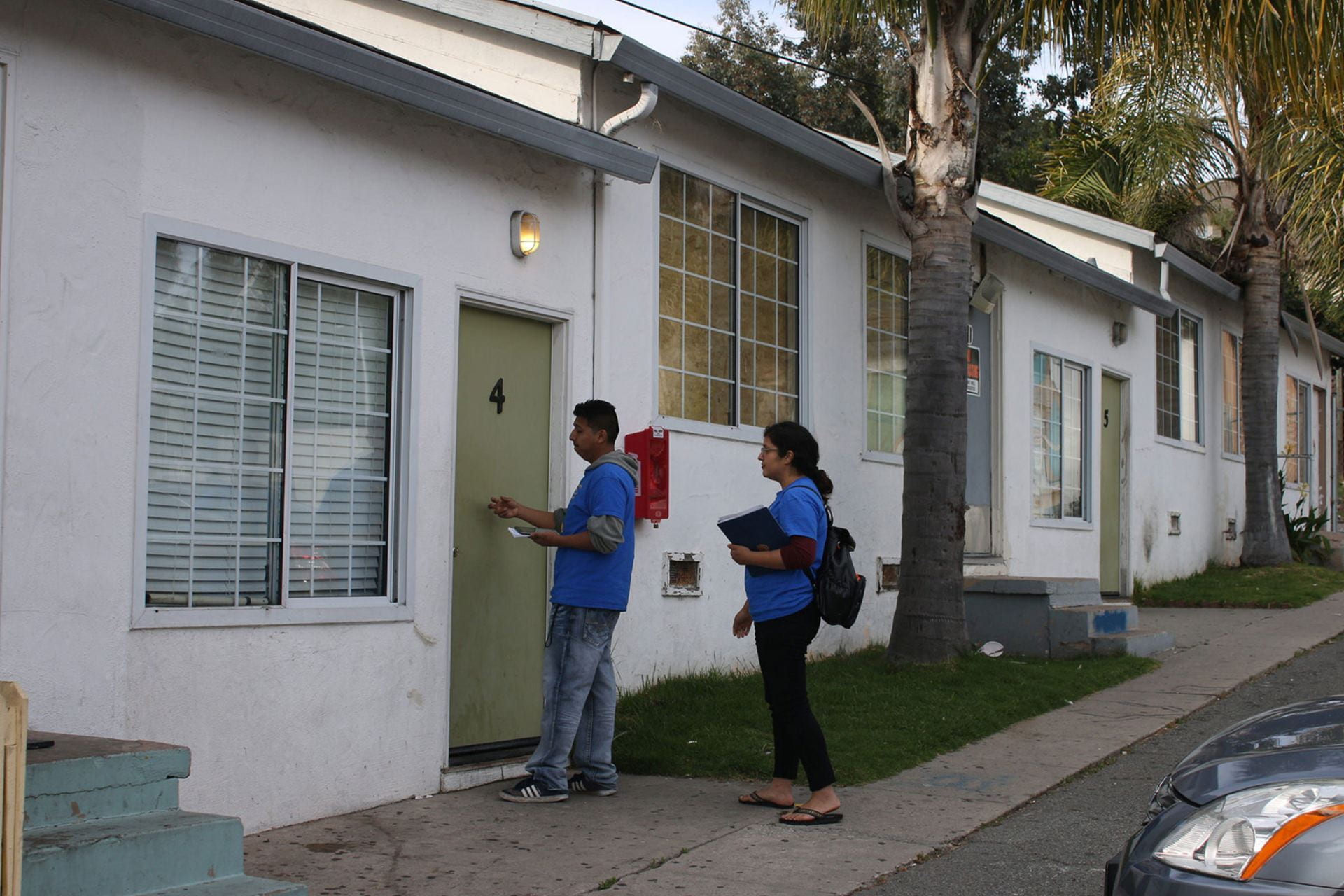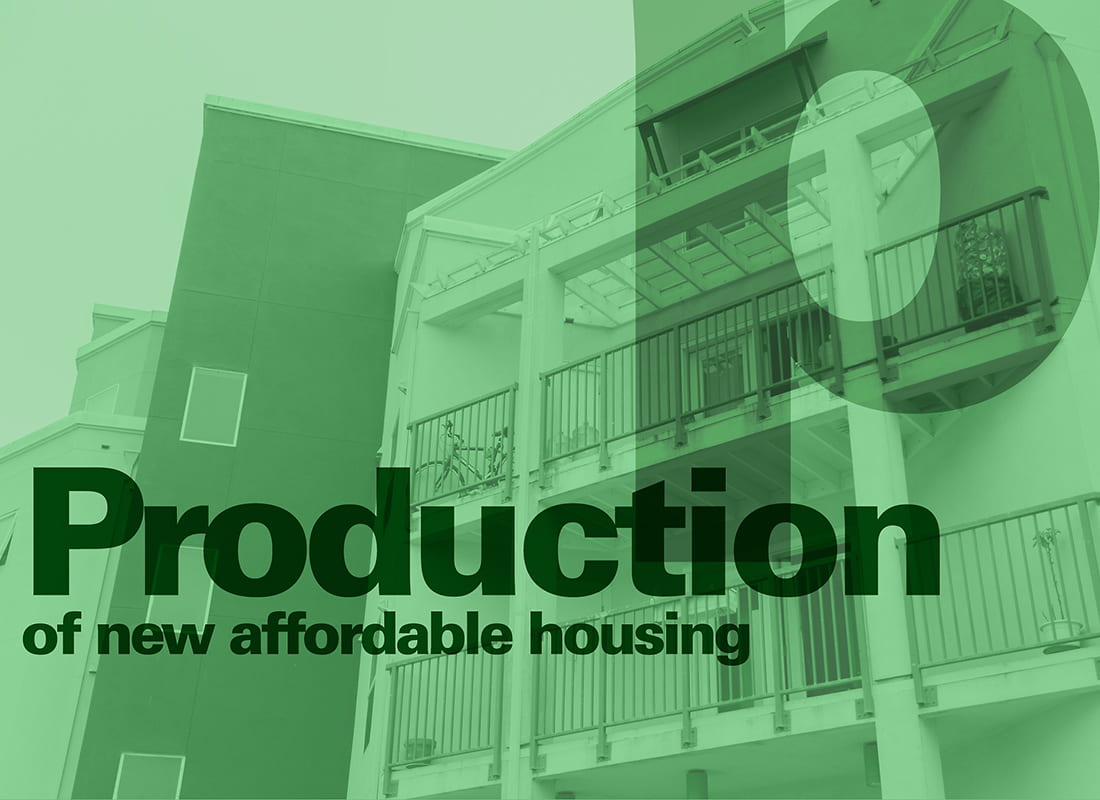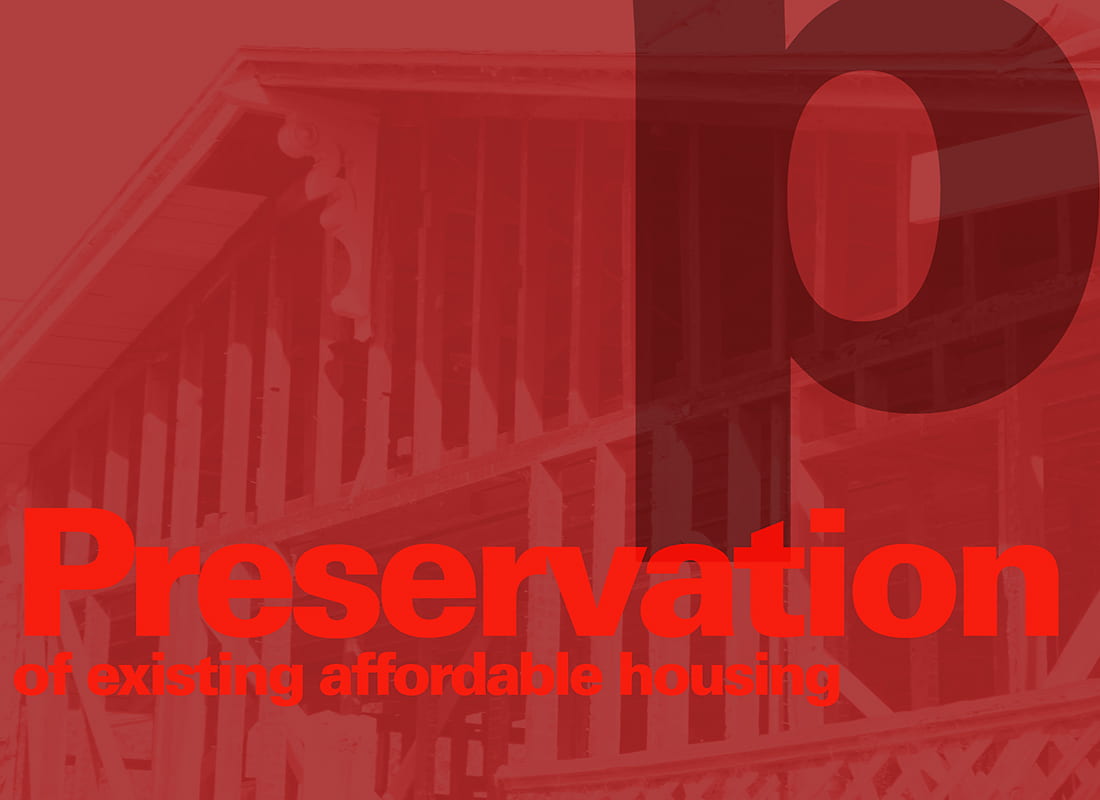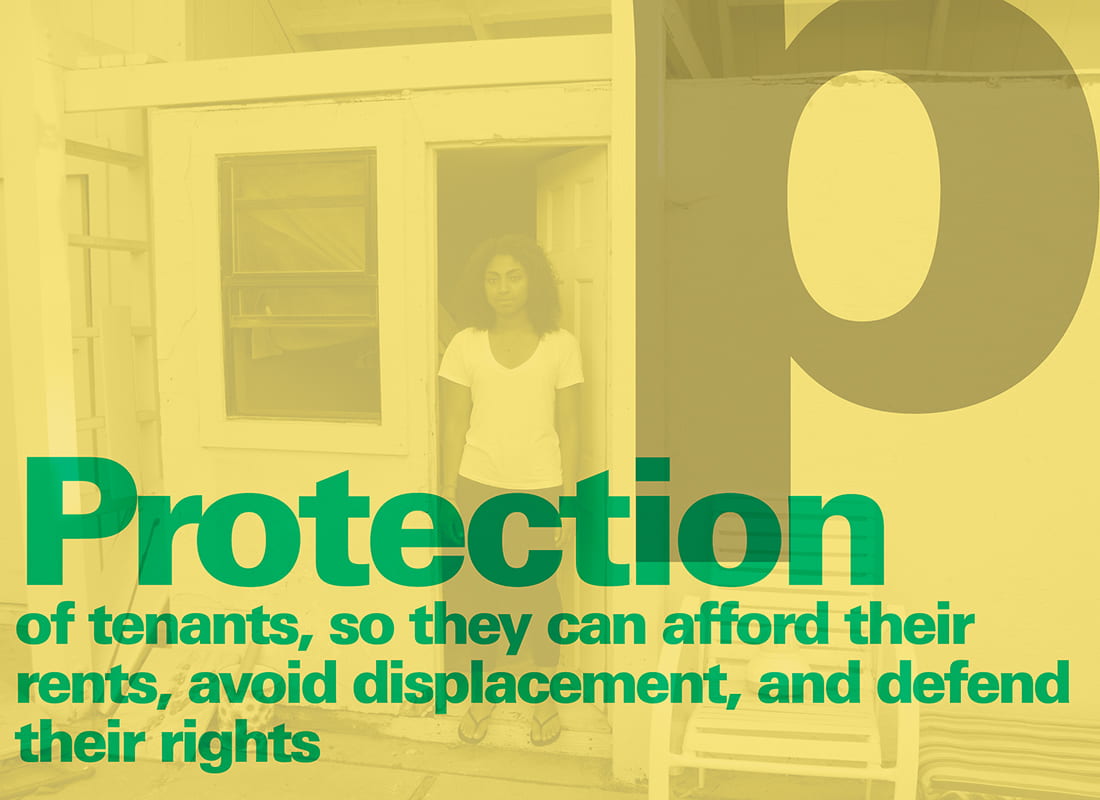Preservation: Loss of Affordable Housing
The problem of excessive demand to meet supply is a result not only of not building affordable housing, but of not preserving the housing that already exists as affordable. Over the last forty years, demolition, rising rents, condominium conversions, and inadequate maintenance have caused the number of inexpensive housing units to plummet, lagging far behind demand.
Nationally, the number of units affordable to extremely low income renters fell by more than 3.5 million units from 1991-2013, a loss of 17%. This decrease occurred in the 1990s; the supply increased slightly after 1995, but by a paltry amount.
Between 1999 and 2011, the number of units affordable to renters with extremely low incomes increased by just 171,000 while the number of renter households in this income group increased by nearly 3.3 million. The Joint Center for Housing Studies finds that in the 1990s 30% of all housing renting for $400 and below had been torn down or otherwise removed from the stock by 2009, or repurposed for higher rents.

Compare our policies to those of other bay area locations using The Urban Displacement Project at UC Berkeley’s interactive map.
The three Ps
Funds to Maintain Social Housing
Zoning and Land-Use
Condo Conversion and Demolition Controls
Aging in Place
Nationally
California
Santa Cruz
Sources:
[1] Keating, ibid. 15-16.




